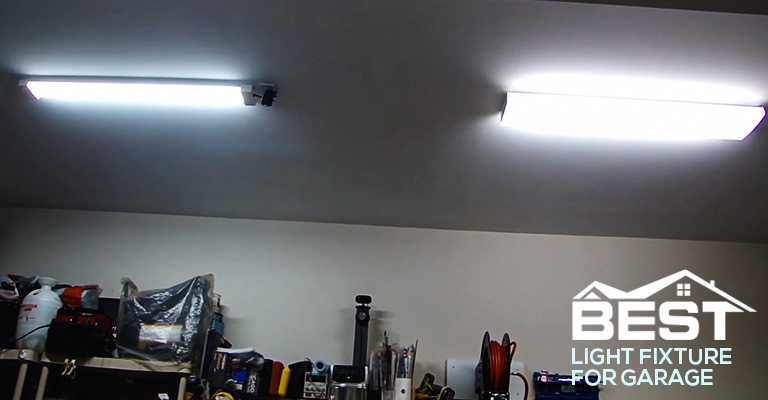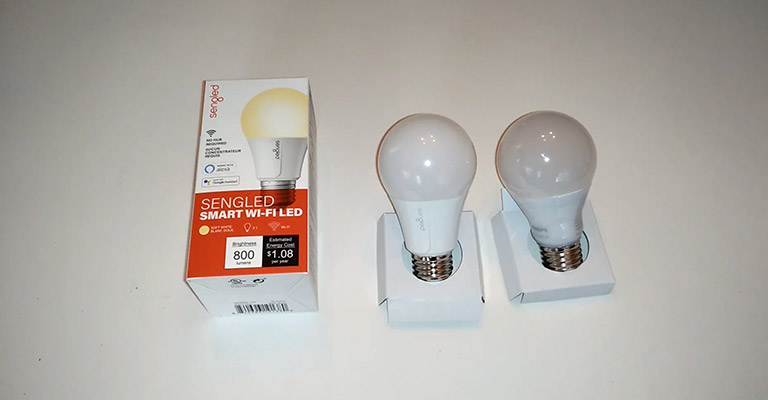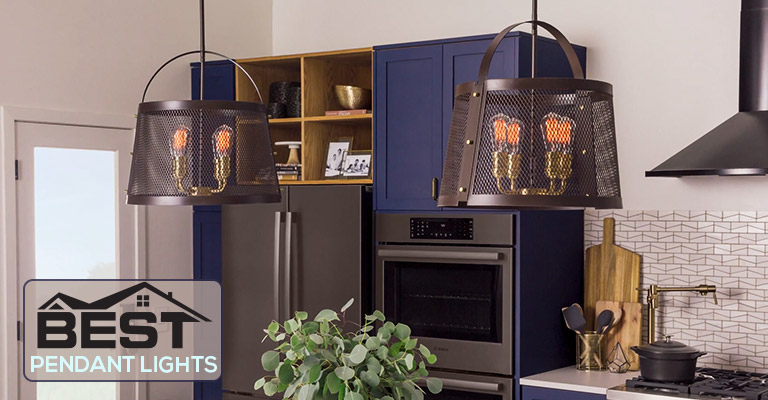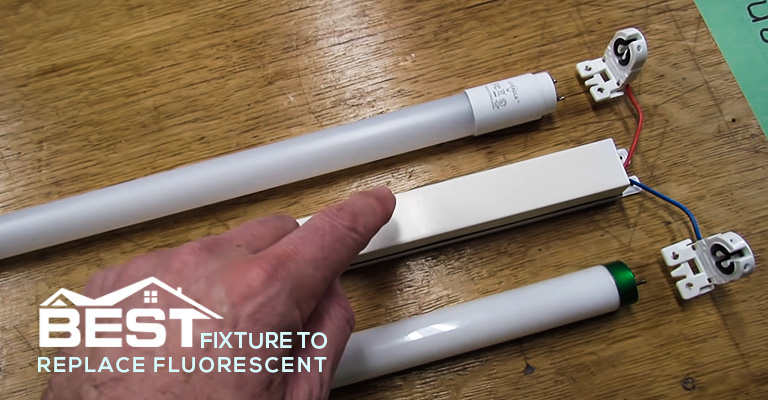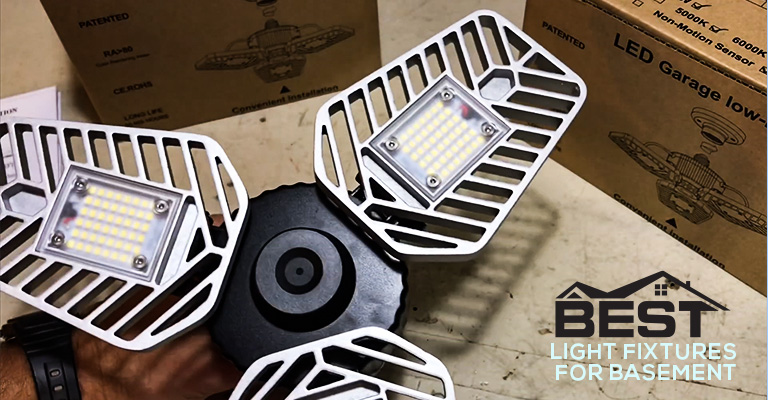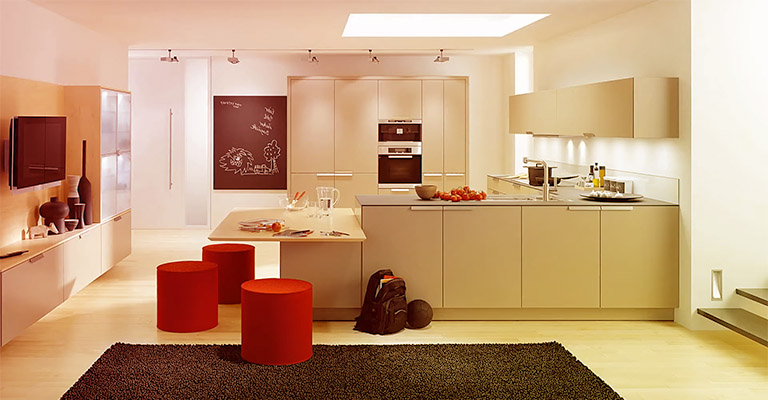How Do You Figure Out How Many Recessed Lights You Need?
It’s hard to find the perfect light for any specific task or occasion. We spend lots of time struggling with putting together lighting plans that are aesthetically pleasing, functional, and affordable.
Recessed lights are a great way to make your kitchen look modern and stylish. They are more affordable than other lighting options, but still provide an impactful upgrade!
Most people know that installing a new recessed lighting fixture in a room is a tedious and expensive task, but do you know it can help reduce your energy costs by up to 50%?
It’s time to get the lights in your kitchen recessed. But you’re not quite sure how. Recessed Lights are designed with a thoughtful design that makes them perfect for any room. They’re sleek and modern, easy to install and get the job done — in just minutes. It’s just a matter of knowing how many lights to install.
How Many Recessed Lights Do You Need?
Recessed lights are a common fixture in homes and offices. They help to illuminate and highlight various areas of the rooms. However, many people fail to utilize them properly because they do not know how many recessed lights they need.

The number of recessed lights you need will depend on the size of your room, the depth of your ceiling, how much light you want to have in a given area, and how much work it takes to install. In short, The number of recessed lights you need depends on your preferences and needs.
How much light do you want? What type of layout? Which fixture would match your style? What size room do you have? How often do you plan on changing the colors in the room?
How Do You Calculate Out How Many Recessed Lights Are Needed?
If you are thinking about how many recessed lights you need to install, the first thing you should know is where in your home you want to install them.
While calculating how many recessed lights are needed in a room, the first step is to measure the length and width of the room. You can also estimate if it is a rectangular or square shape.
After that, divide the width by the length to get an estimate on how many square feet are in your room. Next, multiply that by 16 since each fluorescent tube provides 16 watts of light when powered on.
The next step is to convert these watts into lumens or lumens per watt which means dividing one watt by 1000 lumens for every watt of light produced. The formula for calculating the number of recessed light fixtures is the number of ceiling joists x number of feet in height x number of bulbs per fixture.
How Far Apart Do You Space 6-Inch Recessed Lights?
One of the most common questions in the world is how much space should be between two recessed lights. Normally, you would space 6-inch recessed lights about 24 inches apart.
Most people choose to install 6-inch recessed lights because it gives a light and airy feel to the room. However, there is not much consensus on how much space should be between them.
Some people prefer 3 inches and others like 4 inches. The answer to this question can vary depending on what type of lighting you would like to use it for – ambient lighting or task lighting.
Recessed Lighting Installation
We need to determine if recessed lighting can be installed in these locations now that the placement locations have been determined. The location of the ceiling joists can be determined using a stud finder.
The placement of the project might need to be adjusted to avoid hitting the ceiling joists. Lighting design should always be planned before any renovations or new construction.
Lighting Beam calculation: Beam angle x 0.18 x ceiling height = Beam spread in inches.
Example: 60 degrees divided by 0.18 times 10′ ceiling height = 108″ divided by 12 = 9′ wide beam spread.
Make sure that the diameter of the beam spread is equal to or greater than the distance between the light fixtures in order to create overlapping light beams for ambiance.
Beam Spread
In general, there are two types of recessed lights: spotlights and floodlights. Usually used to focus light on art or other important design elements in a room, spotlights cast a narrow beam of light on a focused area. Spotlights have beam angles of 45 degrees or less.
Floating floodlights provide a larger beam of light on the floor area and are used for lighting larger, more general areas. Their beams extend up to 120 degrees.
Wall Washers Recessed Lighting Layout
Installation of recessed wall wash fixtures follows an approximate rule. They should be installed 1.5 to 3 feet away from the wall. You can install fixed lights closer to the wall.
Distancing adjustable lights from the wall is recommended. When aiming from the ceiling, we avoid glare best by aiming 30-degrees from it.
The distance between wall wash fixtures should be the same. You should aim for accent lighting to be three times brighter than the ambient light in the room.
How To Calculate The Distance And Spacing For Task Lighting?
Calculate the distance between the ceiling and the surface you wish to illuminate, such as flooring or countertops. To determine the distance between the wall and the 1st light unit, divide this distance by 4. It is recommended to place 8-foot ceiling lights two feet away from the wall, for instance.
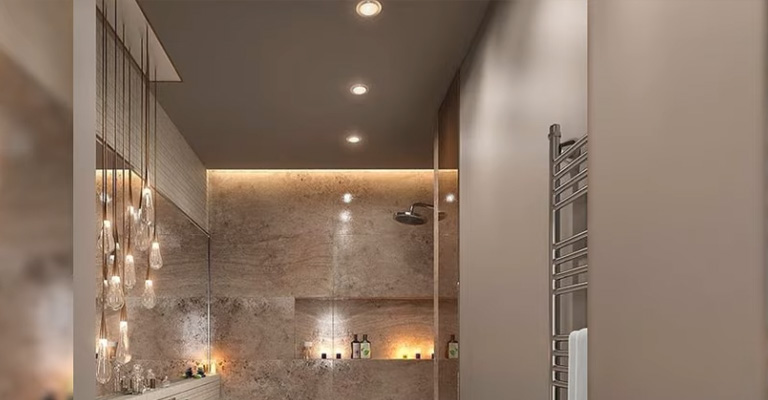
Task Lighting Layout
The purpose of task lighting is to illuminate areas that need extra light or specialized lighting. To bring the lighting closer to your work area, you may want to add under cabinet lighting or pendant lights over the island.
Proper Placement
Recessed lights are often necessary for spaces that have limited available space. The placement of can or canless recessed lighting in a space can make or break the atmosphere of the room.
For example, in a living room, recessed lighting should be placed near the ceiling, so it doesn’t cause shadows on the furniture below. In a bedroom, recessed lights should be placed within easy reach of the bedside to prevent any potential trips or falls.
Final Words
Good lighting placement is key for any space. The type of light can be determined by the type of architecture. It should also only be used in places where it is appropriate to do so. The type of light that recessed lights provide has a soft, diffused glow, which makes it suitable for getting the ambiance just right in any room – no matter what style or décor you have. The position of the fixture will determine how much light can be spread to an area. If you are looking for more diffused lighting, choose a fixture with its center on the wall. If you want directional lighting, choose one on the ceiling.
When you’re gearing up to install recessed lights in spaces like your family room or any other area, understanding the room’s layout and your lighting needs is paramount. The general lighting principle to remember is that overhead lighting, particularly the type where the light shines downward, should be spaced in a manner that ensures there’s enough light covering the entire area. When planning, always consider the room length, how much more light LED lights can provide, and the position of each light fixture in your reflected ceiling plan.
Your lighting plan shouldn’t be an afterthought. The optimal number and placement of recessed cans can mean the difference between a room that feels cozy and well-lit versus one that has dark spots or feels overly bright. With a comprehensive approach to your room’s specifics and keeping in mind the type of fixtures you choose, you can craft a lighting design that ensures your spaces are always inviting and adequately illuminated. Remember, it’s not just about adding light, but making sure each part of your space gets the right amount.

